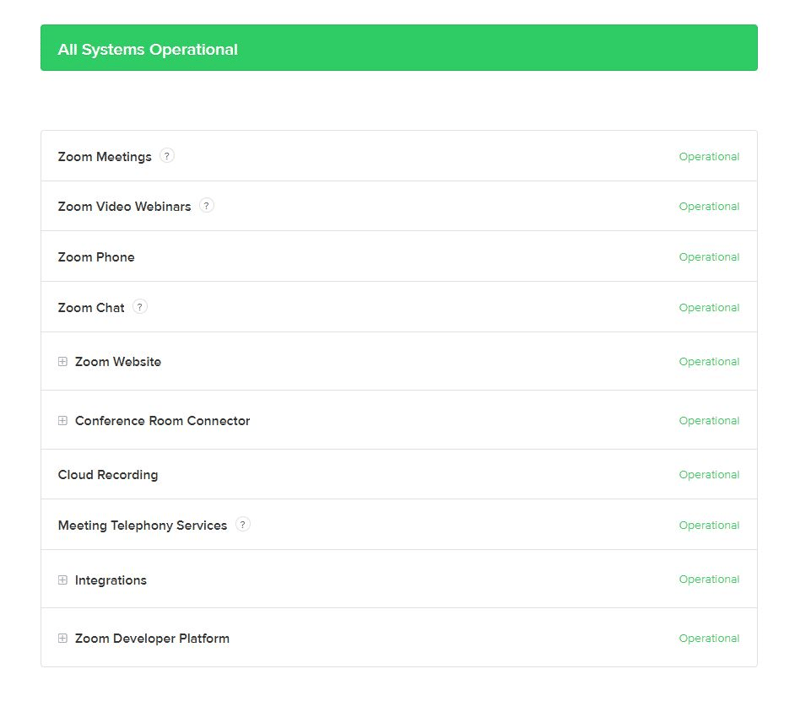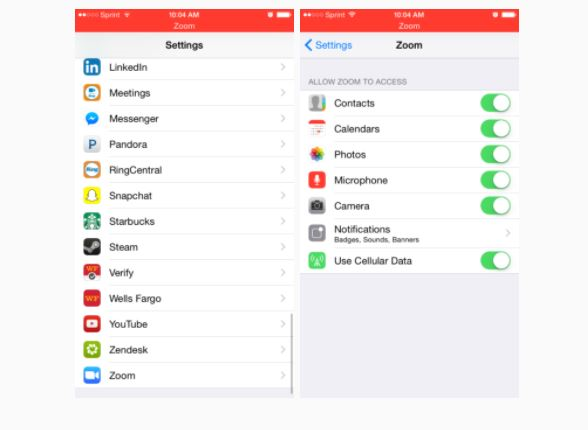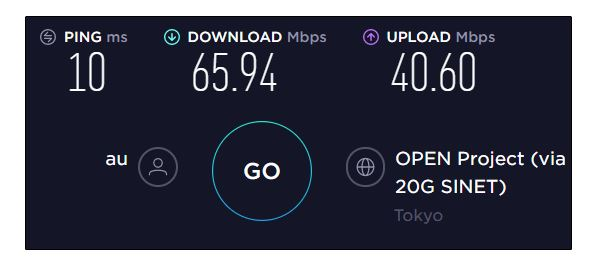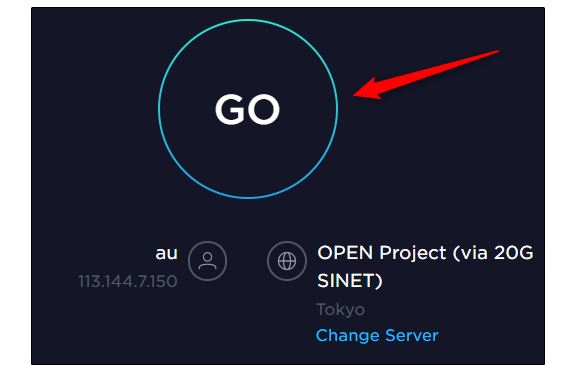One of the most widely used unified communication platforms in the world is Zoom. Zoom usage is increasing exponentially, and while it started off as a tool for small to medium business, Zoom's effectiveness and easy access has seen its usage spread to corporate enterprises and beyond.
Table of Contents
- Proactive Zoom Troubleshooting Tips to Reduce Strain on IT
- Zoom troubleshooting basics
- Problem 1: Webcam or audio not functioning
- Problem 2: Lagging and freezing during meetings
- Problem 3: Unable to share your screen
- Problem 4: Zoom has crashed
- Monitoring and troubleshooting for a better user experience with IR's solution
Proactive Zoom Troubleshooting Tips to Reduce Strain on IT
While Zoom is at the top of the list as a preferred tool, with the rise of remote working, IT departments often have to support several different video conferencing platforms at the same time. Often users may be accessing Zoom or other apps from a mobile device, laptop, desktop, or tablet. This introduces the issue of shadow IT, resulting in troubleshooting becoming a major concern for already overworked IT teams. This guide is to help overcome some of the most common Zoom problems, which can arise from any number of hardware or software areas:
- Internet connection/bandwidth
- System failure
- Device/devices
- Other open applications
- Microphone/computer audio
- Video/webcam
- Webcam
The more control you have over your Zoom environment, the better your user experience. While Zoom's popularity is due largely to its ease of use, it certainly suffers from its fair share of problems.
Zoom troubleshooting basics
The first five (and most obvious) things to do before taking your zoom troubleshooting to the next level are:
- Check that your network and internet is connected
- Restart the program
- Restart your computer/mobile device
- Make sure your software is up to date. Zoom usually notifies each participant of any updates on opening, but to check manually, click your profile picture in the top-right. Next, click 'Check for Updates' if you need to, click to install the update, then Zoom will automatically restart on completion.
- Check Zoom's Service Status page to make sure the current status of each component of the Zoom app is operational. For example meetings, video webinars, and cloud recording. This way you can determine if it's a Zoom problem or something on the user end.

Once you've done all these things and still have issues, you can move on to the next area of problems and solutions which you may be able to apply yourself.
Problem 1: Webcam or audio not functioning
Every Zoom user has experienced the frustration of video or audio not working on a Zoom call or meeting. If your webcam is not showing up or is selected but not working, try some of these solutions:
1. Check your Zoom settings
On the pop-up that prompts for a meeting ID just before joining a call, leave the following settings unchecked:
- Do Not Connect to Audio
- Turn Off My Video
This allows you to start video and join a call with your audio and video automatically enabled
2. Check your computer/device settings
If using a Windows 10 PC or Mac, the webcam may be blocked by default. You can correct this by checking your applications permissions to make sure the Zoom application or your web browser can use your webcam. You can also review this setting on the web by restarting your call or meeting and making sure you click 'allow' when prompted about camera and microphone access.
Settings for Windows 10
If using Windows 10 operating system, enter 'webcam' into the taskbar search box and select 'Choose Which Apps Can Access Your Camera' from the menu. Scroll down through the list of Microsoft Store and desktop applications allowed to use your webcam.
For non-Microsoft apps, you’ll need to make sure 'Allow Desktop Apps to Access Your Camera' is switched on.
In the same way, you can also search for 'Microphone' and choose 'Microphone Privacy Settings' to repeat the process.
Settings for MacOS
Open 'System Preferences' and select 'Security and Privacy'. After that, click the 'Lock' , then enter your password to make changes. You can then click 'Camera' from the sidebar, and make sure the Zoom app and the box for 'Microphone' are checked.
Note: Aside from the above settings, your laptop or computer may have an additional physical webcam switch that must be enabled to enable using the webcam.

3. Close other applications with webcam access
If your webcam isn’t showing up, make sure all other programs that use it are closed. Zoom may not be able to access the camera if it’s currently being used by a different application.
4. Test your audio and video
If your webcam or audio still isn’t working, you can test your audio and video in Zoom.
5. Reinstall Zoom
If the above solutions have provided no joy, then download Zoom again and reinstall it.
Problem 2: Lagging and freezing during meetings
Sometimes the audio or video in Zoom becomes choppy or distorted. This lagging or freezing may indicate a problem with your internet connection. Here are some solutions that could help:
1. Check your connection and bandwidth usage
A stable internet connection is the best way to alleviate the problems with lagging and choppy, distorted video quality. Being connected by cable will always give better quality. If you can't use a fixed cable, stay as close to the WiFi router as you can, or try a different WiFi connection. Make sure any router firmware updates are installed.
The ideal download speed for multiple video users is 1Mbps. Best upload speed is around 800Kbps. Other apps and programs sharing your bandwidth can affect the quality of your Zoom call or meeting, so it's best to exit them.


2.Check settings for extra features
The Zoom app comes with an array of extra features and filters that add a user-friendly and fun element to the application, like 'Touch Up My Appearance', video backgrounds, and 'Enable HD'. If you're having lag issues, try disabling these on the video panel in 'Settings'. This can decrease bandwidth usage and help with lag and freeze problems.
Problem 3: Unable to share your screen
It's one of Zoom's most common problems as reported by users. Once again, screen sharing uses a great amount of bandwidth, so refer to Problem 2 above to make sure your internet connection is the best it can be. Then try these fixes:
1.Make sure 'Participant Screen Sharing is enabled for your Zoom room
If the host has disabled 'Screen Sharing by Participants' for a specific Zoom meeting, you won't be able to screen share. To see if this is the case, click the 'Share Screen' button in Zoom settings, and if you see 'Host Disabled Participant Screen Sharing', then this is either deliberate, or the host may have forgotten to enable it for 'All Participants'. If you believe it to be an oversight, you could try messaging the host via the 'Chat' feature.

2.Try starting without video
Click the 'down' arrow beside 'New Meeting' and deselect 'Start With Video'. This starts a new meeting with audio only, which can lessen the strain on bandwidth. Alternatively, you can stop your video if you are already on a call, then select the green 'Share Screen' button.
Problem 4: Zoom has crashed
Sometimes Zoom just closes itself for no apparent reason. This can be frustrating in the middle of an otherwise successful Zoom meeting. It could be something to do with your device, your computer, connection quality or none of those reasons at all. Try these fixes:
1.See if there is a service issue
The Zoom Service Status page will tell you if it's Zoom having the problem. There may be maintenance on the Zoom platform, or server issues which could explain the service being down. Unfortunately, this is our of your control, and you may have to close the application and wait.
2.Try using the Zoom web client
If your installed Zoom application is experiencing continued problems, try using the web version. As long as you have a solid internet connection, the web client can be more stable and reliable.
3.Check settings
As with all communications apps, Zoom's video settings and audio settings may become jumbled. For example, if you try to use your camera connection as an audio output, it could cause Zoom to crash, so make sure your video and audio connections are routed correctly.
These are just some of the issues that Zoom users may experience, but applying the suggested solutions or visiting Zoom's help center can relieve the pressure on a heavily taxed IT team. Beyond the general problems, the best way to achieve a great user experience and successful deployment of Zoom and other collaboration platforms is continual performance monitoring.
Monitoring and troubleshooting for a better user experience with IR's solution
Zoom's intuitive app integration capability means Zoom Meetings can be used with many other top UC apps. But this diversity also brings more problems to the table. Even though Zoom comes with its own out-of-the-box administration tools, they only work for the app itself, and won't identify performance issues that are occurring within other applications. Third party monitoring proactively pinpoints and addresses issues across all platforms in real time. IR's Collaborate suite of solutions provide full visibility into your entire communications environment with actionable insights and status information. You can monitor, track and measure call quality, connectivity, device compatibility issues, security and much more.
For more on how to ensure the performance of your collaboration tools, read up about our Collaborate suite of solutions.




